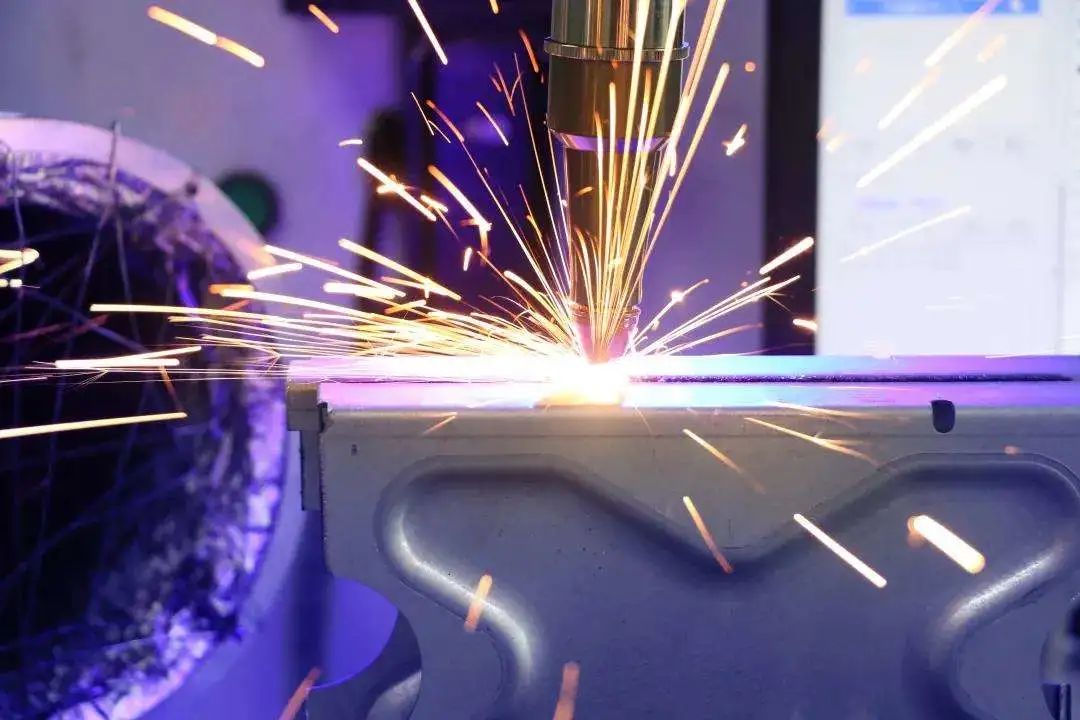In recent years, due to the recovery of cultivated land area and the increase in land replanting rate, the demand for agricultural machinery by “agriculture, rural areas and farmers” will show a rigid growth trend, increasing at a rate of 8% year by year. The agricultural machinery manufacturing industry has developed very rapidly. In 2007, it has formed an annual gross output value of 150 billion. Agricultural machinery and equipment are showing a development trend of diversification, specialization and automation.
The rapid development of the agricultural machinery industry has urgent needs for modern processing technology. With the continuous upgrading of agricultural machinery products and the development of new products, new demands have been put forward for new processing methods, such as CAD/CAM, laser processing technology, CNC and automation technology, etc. The application of these advanced technologies will accelerate the process of modernization of agricultural machinery in my country.

Analysis of the advantages of laser cutting machines in the agricultural machinery industry:
The types of agricultural machinery products tend to be diversified and specialized. Among them, the demand for large and medium-sized tractors, high-performance harvesting machinery, and large and medium-sized seeders has further increased. Typical mechanical equipment such as large and medium-horsepower tractors, medium and large wheat combine harvesters, and corn combine harvesters machine, wheat and corn no-till seeder, etc.
Sheet metal processing parts of agricultural machinery products generally use 4-6mm steel plates. There are many types of sheet metal parts and they are updated quickly. Traditional sheet metal processing parts of agricultural machinery products usually use punching methods, which cause large mold losses. Usually a large agricultural machinery manufacturer uses The warehouse where molds are stored is nearly 300 square meters. If parts are processed in the traditional way, it will seriously restrict the rapid upgrading of products and technology development, and the flexible processing advantages of laser are reflected.
Laser cutting uses a high-power density laser beam to irradiate the material to be cut, so that the material is quickly heated to the vaporization temperature and evaporates to form holes. As the beam moves on the material, the holes continuously form narrow widths (such as about 0.1mm). ) slit to complete the cutting of the material.
Laser cutting machine processing not only has narrow cutting slits, small deformation, high precision, fast speed, high efficiency, and low cost, but also avoids the replacement of molds or tools and shortens the production preparation time cycle. The laser beam does not apply any force to the workpiece. It is a non-contact cutting tool, which means that there is no mechanical deformation of the workpiece; there is no need to consider the hardness of the material when cutting it, that is, the laser cutting ability is not affected by the hardness of the material being cut. All materials can be cut.
Laser cutting has become the technological development direction of modern metal processing due to its high speed, high precision, high quality, energy saving and environmental protection. Compared with other cutting methods, the biggest difference between laser cutting and laser cutting is that it has the characteristics of high speed, high precision and high adaptability. At the same time, it also has the advantages of fine cutting slits, small heat-affected zones, good cutting surface quality, no noise during cutting, good verticality of the cutting slit edges, smooth cutting edges, and easy automation control of the cutting process.
Post time: Mar-26-2024









